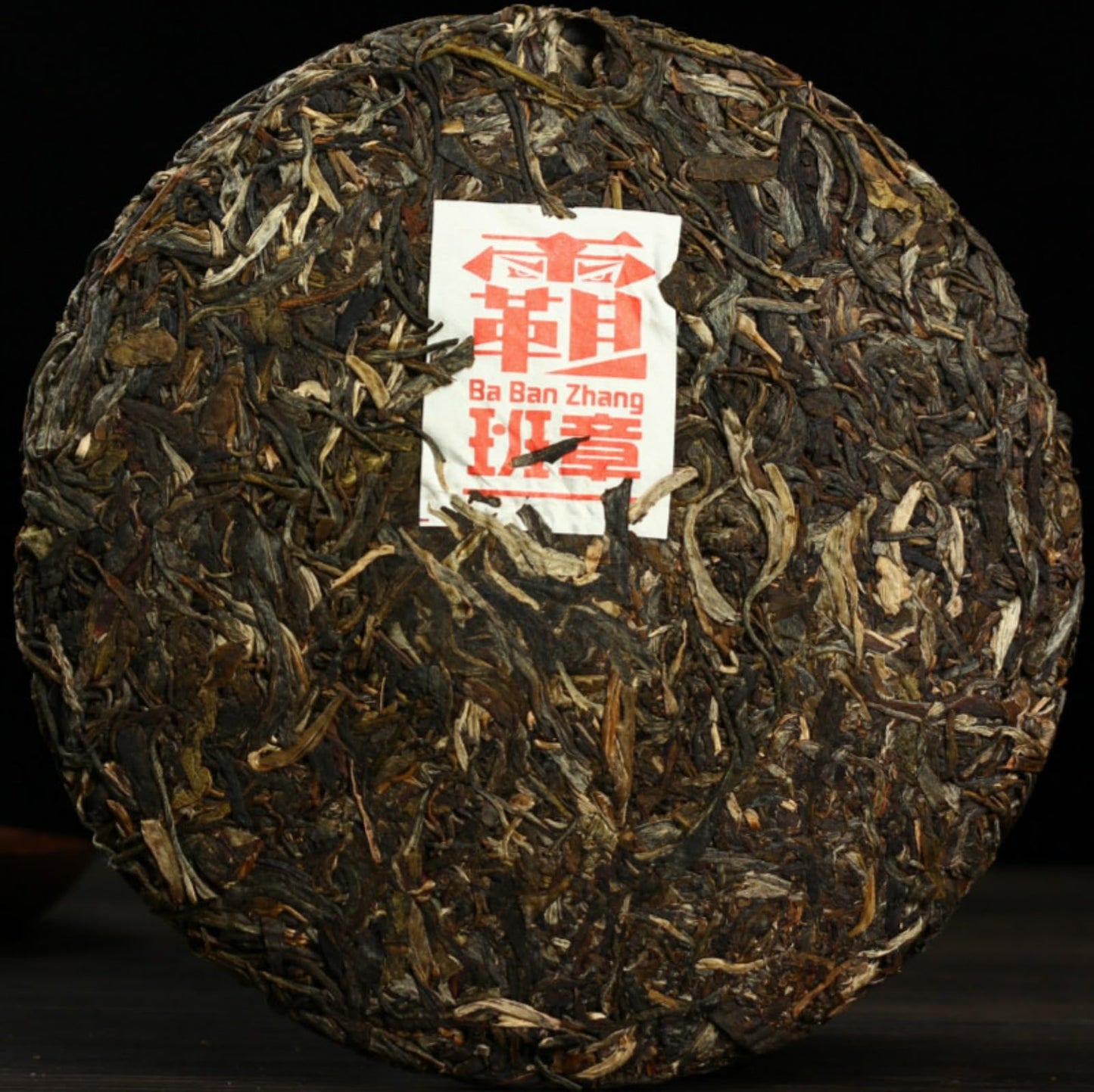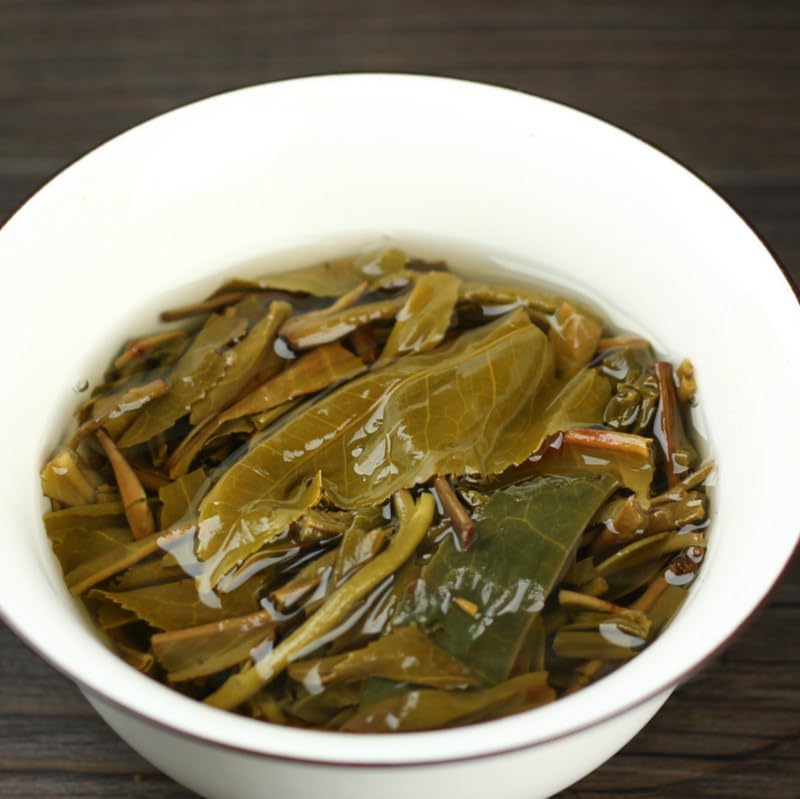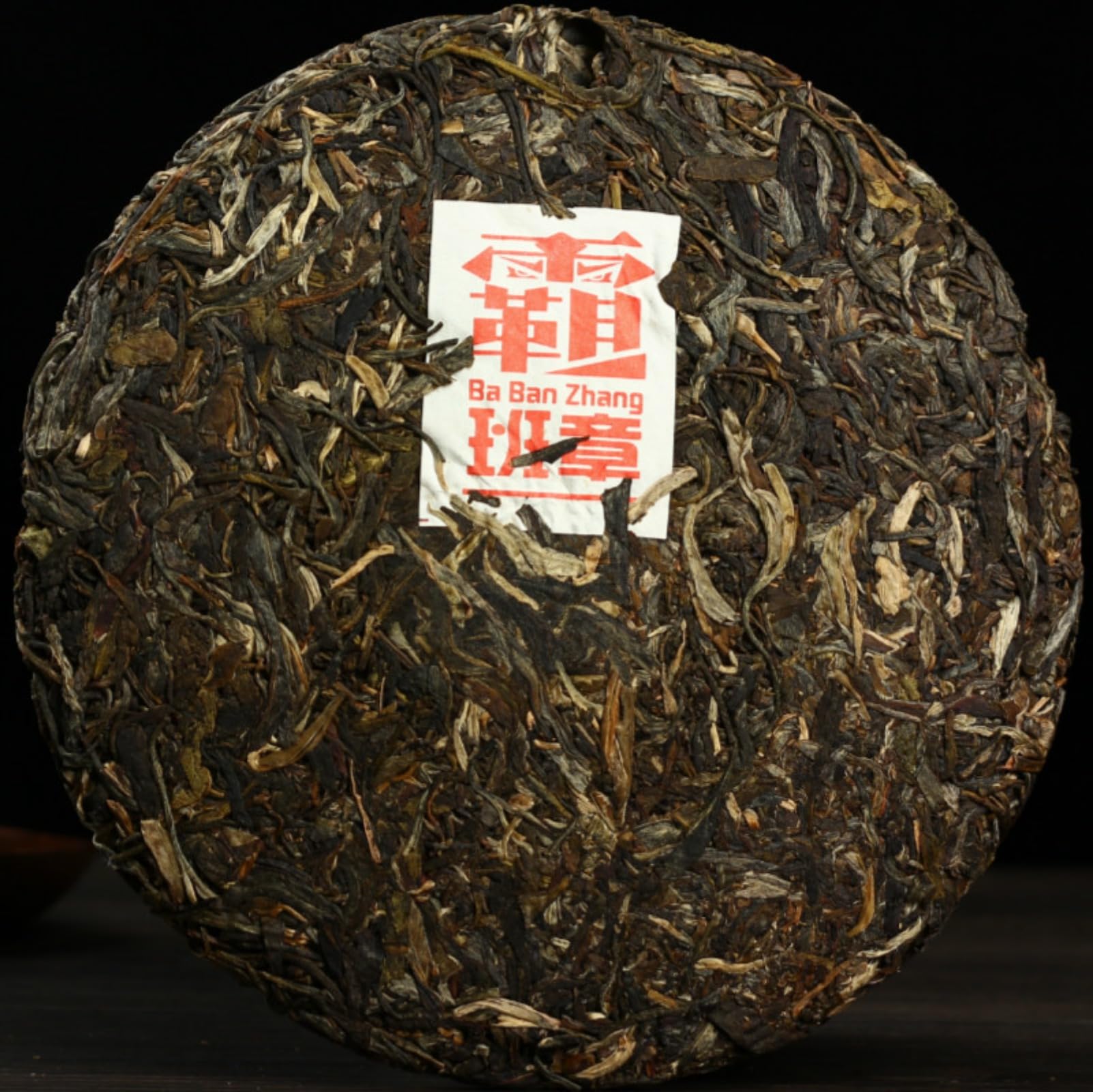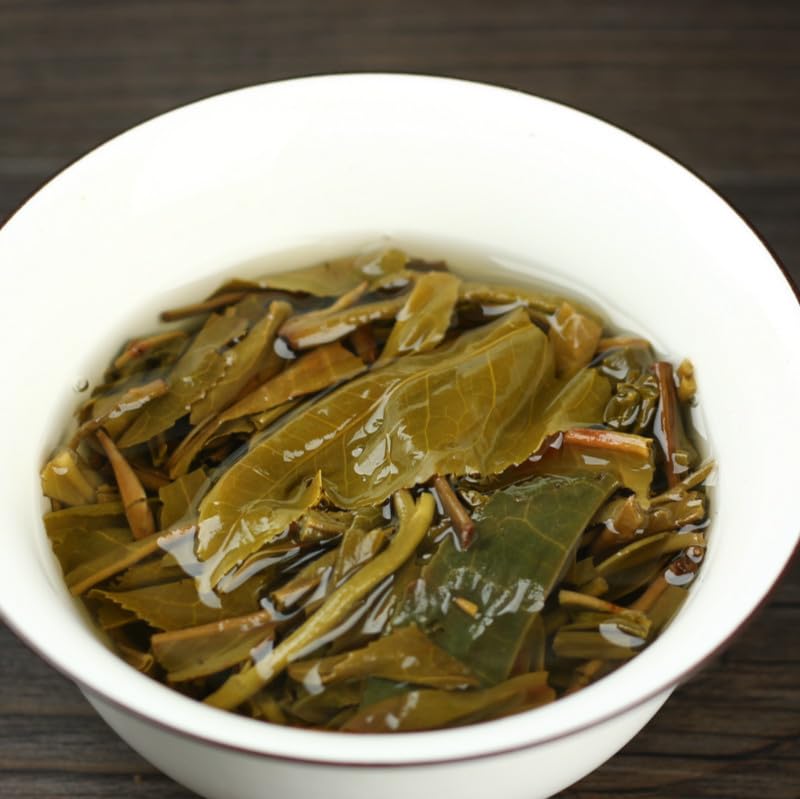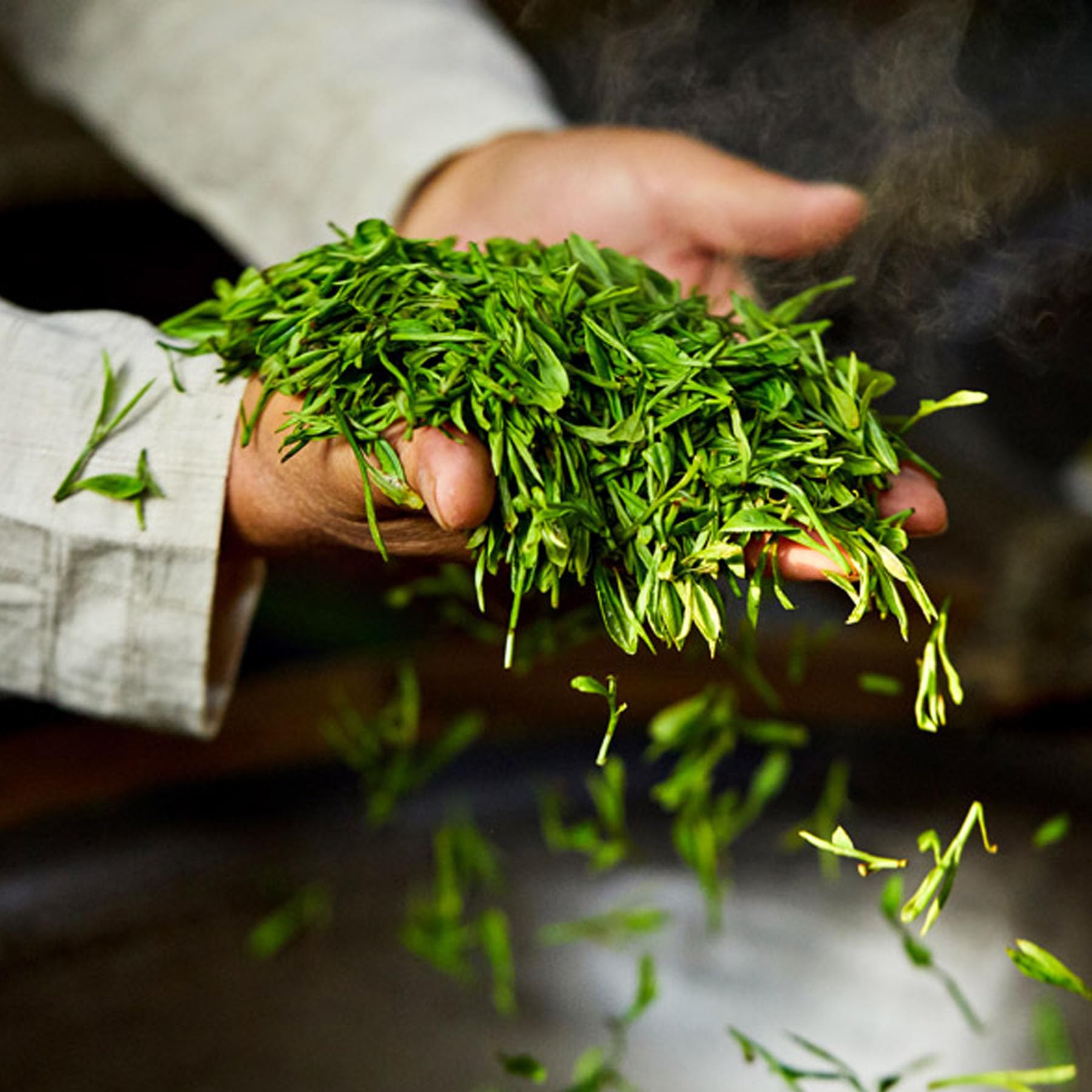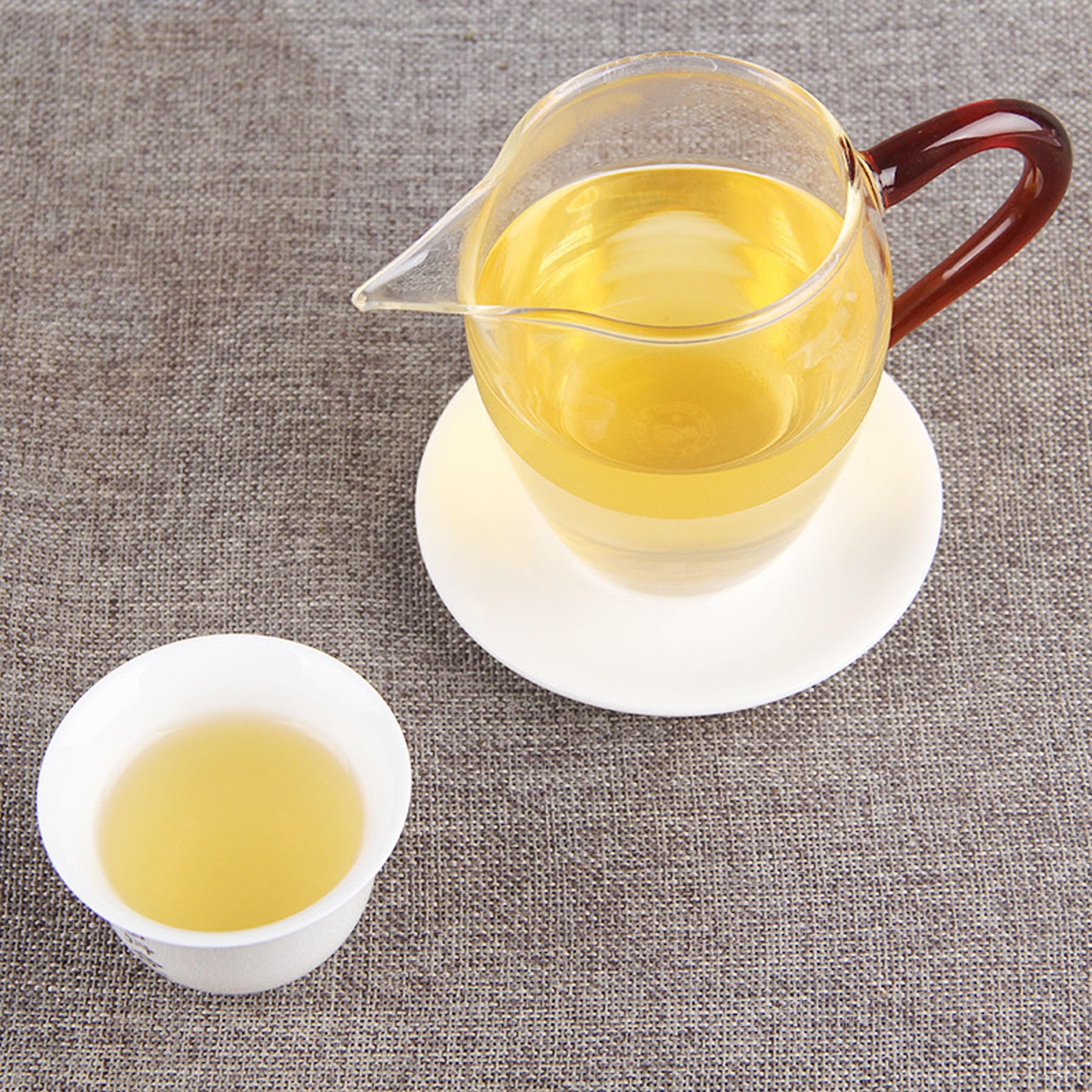1
/
of
6
YIDEYICO®
Yunnan Natural and Additive-free Puerh Tea Pa Banzhang 357g Raw Cake Ancient Tree Tea Raw Tea Meng Qizi Cake Ancient Tea 云南普洱茶 霸班章 生饼 古树茶 生茶 勐海七子饼 古茶
Yunnan Natural and Additive-free Puerh Tea Pa Banzhang 357g Raw Cake Ancient Tree Tea Raw Tea Meng Qizi Cake Ancient Tea 云南普洱茶 霸班章 生饼 古树茶 生茶 勐海七子饼 古茶
Regular price
$25.33 USD
Regular price
$0.00 USD
Sale price
$25.33 USD
Unit price
/
per
Tax included.
Couldn't load pickup availability
Product Name: Puerh Tea Pa Banzhang 普洱茶 霸班章 生饼
Product Category:Pu-erh Tea
Specification:357g
Warranty: In line with the storage environment. The more it ages, the more fragrant it is.
Storage Method:Dry and ventilated, no odor, avoid direct sunlight.
The soup colour is uniformly orange-yellow and translucent, the taste is strong, the sweetness is thick and delicate, and the feeling of tooth folder is obvious. The taste is slightly bitter and sweet, varied and fragrant: after drinking, the honey aroma in the mouth is strong and can't be dispersed for a long time, which is a good product for tasting, gifting and collecting.
Pu-erh tea is a loose tea and tightly pressed tea made from Yunnan large-leaf sun-green gross tea from a certain area of Yunnan Province, which undergoes post-fermentation processing. "Harvesting of Pu-erh Tea: generally divided into four seasons: spring, summer, autumn and winter.
Spring tea is harvested from February to April, with the best quality harvested within 15 days after the Qingming Festival. The spring tea harvested in February-April, within 15 days after the Qingming Festival is the best, more than one bud and one leaf, buds and stamens fine and white; summer tea harvested in May-July, known as rain tea, such as the production of proper, the quality of tea is similar to spring tea; autumn, autumn, autumn and winter.
Tea quality is similar to spring tea; autumn tea harvested in August-October, known as the valley flower tea, tea quality is inferior to spring and summer tea; winter tea is rarely harvested, only the tea grower Winter tea is seldom harvested, only tea farmers moderate harvest for their own consumption.



Chinese tea:
Chinese tea has a history of over 5,000 years, during which a series of unique tea culture have come into being, covering from tea plant cultivation and conservation, tea-leaf picking to processing and sampling tea. Tea-leaves are mainly produced in the southern area to the Yangtze River for mild climate and fertile ground there, such as the provinces of Zhejiang, Yunnan, Guizhou and Fujian. There produce an abundance of renowned tea varieties, e.g. Longjin, Wulong, Pu'er, Tieguangyin.
Product Category:Pu-erh Tea
Specification:357g
Warranty: In line with the storage environment. The more it ages, the more fragrant it is.
Storage Method:Dry and ventilated, no odor, avoid direct sunlight.
The soup colour is uniformly orange-yellow and translucent, the taste is strong, the sweetness is thick and delicate, and the feeling of tooth folder is obvious. The taste is slightly bitter and sweet, varied and fragrant: after drinking, the honey aroma in the mouth is strong and can't be dispersed for a long time, which is a good product for tasting, gifting and collecting.
Pu-erh tea is a loose tea and tightly pressed tea made from Yunnan large-leaf sun-green gross tea from a certain area of Yunnan Province, which undergoes post-fermentation processing. "Harvesting of Pu-erh Tea: generally divided into four seasons: spring, summer, autumn and winter.
Spring tea is harvested from February to April, with the best quality harvested within 15 days after the Qingming Festival. The spring tea harvested in February-April, within 15 days after the Qingming Festival is the best, more than one bud and one leaf, buds and stamens fine and white; summer tea harvested in May-July, known as rain tea, such as the production of proper, the quality of tea is similar to spring tea; autumn, autumn, autumn and winter.
Tea quality is similar to spring tea; autumn tea harvested in August-October, known as the valley flower tea, tea quality is inferior to spring and summer tea; winter tea is rarely harvested, only the tea grower Winter tea is seldom harvested, only tea farmers moderate harvest for their own consumption.



Chinese tea:
Chinese tea has a history of over 5,000 years, during which a series of unique tea culture have come into being, covering from tea plant cultivation and conservation, tea-leaf picking to processing and sampling tea. Tea-leaves are mainly produced in the southern area to the Yangtze River for mild climate and fertile ground there, such as the provinces of Zhejiang, Yunnan, Guizhou and Fujian. There produce an abundance of renowned tea varieties, e.g. Longjin, Wulong, Pu'er, Tieguangyin.
Share

